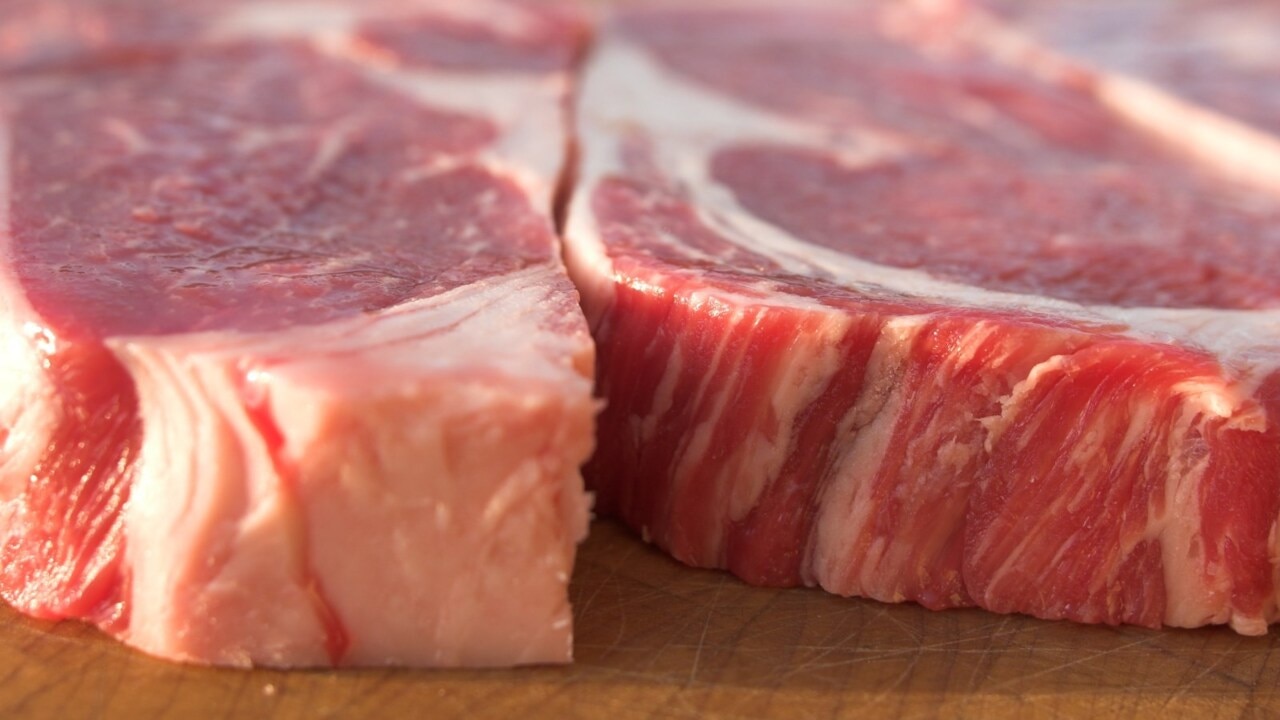Feeder and restocker steer prices line up
Dry autumn weather means less than 10c/kg is now separating categories of steers, a rare occurrence according to agents.

Farmers trading steers or heifers are back in the box seat as the dry autumn weather strips value off lighter weight stock while supporting prices of heavier feeder and finished cattle.
The graphic on this page shows how prices have started to converge together again, with less than 10c/kg now separating the official national saleyard price indicator for feeder steers compared to yearling restocker steers.

Early this week the feeder steer indicator was trending around 320c/kg liveweight and the restocking steers at 328c/kg. The last time these prices were tracking so tightly was during the spring meltdown when farmers were anticipating a drought and demand and values for store stock plummeted. At least this time the seasonal pressure affecting the market is real.
And the benefits for producers in a position to trade older cattle with weight and replace with younger calves is also very real.
Nutrien Yea agent Chris Pollard said it was rare to be able sell feeder steers or good bullocks and be able to buy the best store calves back-in at similar cents-a-kilogram money, or pay even less for some of the plainer types.
It was illustrated at the Yea store sale last week where the best spring-drop Angus weaner steers or yearlings were tracking at about 350c/kg, which is in the lower ballpark of the 350c/kg to 400c/kg currently being offered by feedlots for nicely weighted feeder steers weighing up to around 500kg.
“It is an unusual situation where you can sell grown cattle and come back in for young cattle at similar or less cents-a-kilogram,” Mr Pollard said.
“It’s not very often that I’ve seen it in my career.”
The trend was also observed by AuctionsPlus which last week looked at price data for feeder weight steers against weaner weight calves.
“Feeder prices are rallying and are trending towards a potential premium over weaner steers in coming weeks,” AuctionsPlus said.
“A positive feeder steer premium was last fully observed in 2018-19 when the national herd was at record lows and three years of drought had forced many producers to sell due to feed and water limitations.”
The season is the key factor behind the current alignment of store and feeder prices, with a lack of demand for young cattle pulling values below heavier cattle.
The most drastic discounting in the store market is for coloured cattle, meaning the less popular breeds which currently are Speckle Parks, Hereford and some of the Euro-crosses. Steer calves in these categories were in the 220c/kg to 280c/kg range at Yea last Friday.
The other category struggling to maintain value are higher feed maintenance breeding stock, with cows and calves and pregnancy-tested-in-calf cows at low price levels at Yea. Sales included mixed-age cows with autumn-drop calves at $1425, and PTIC Angus cows with a displayed weight of 594kg and due to calve in July-August for $1250 as they struggled to reach kill value.
The suggestion by many agents at Yea was the store market could bounce up by $100 a head or more easily on a big rain event, which is basically what happened in December when good summer rain spread across much of the eastern seaboard (see graphic again).
In the export market while grinding beef prices to the US have eased off extreme levels they still remain comfortably above 920c/kg delivered in Australian dollar terms, which is historically high. To put it in context, the rate is about 100c/kg better than a year ago.
The strength of the US, and the good margins processors have been making from cow and manufacturing trade beef, is reflected in the latest shipment figures.
According to Steiner Consulting, beef sales from Australia to the US were up 117 per cent in April compared to year ago levels.




